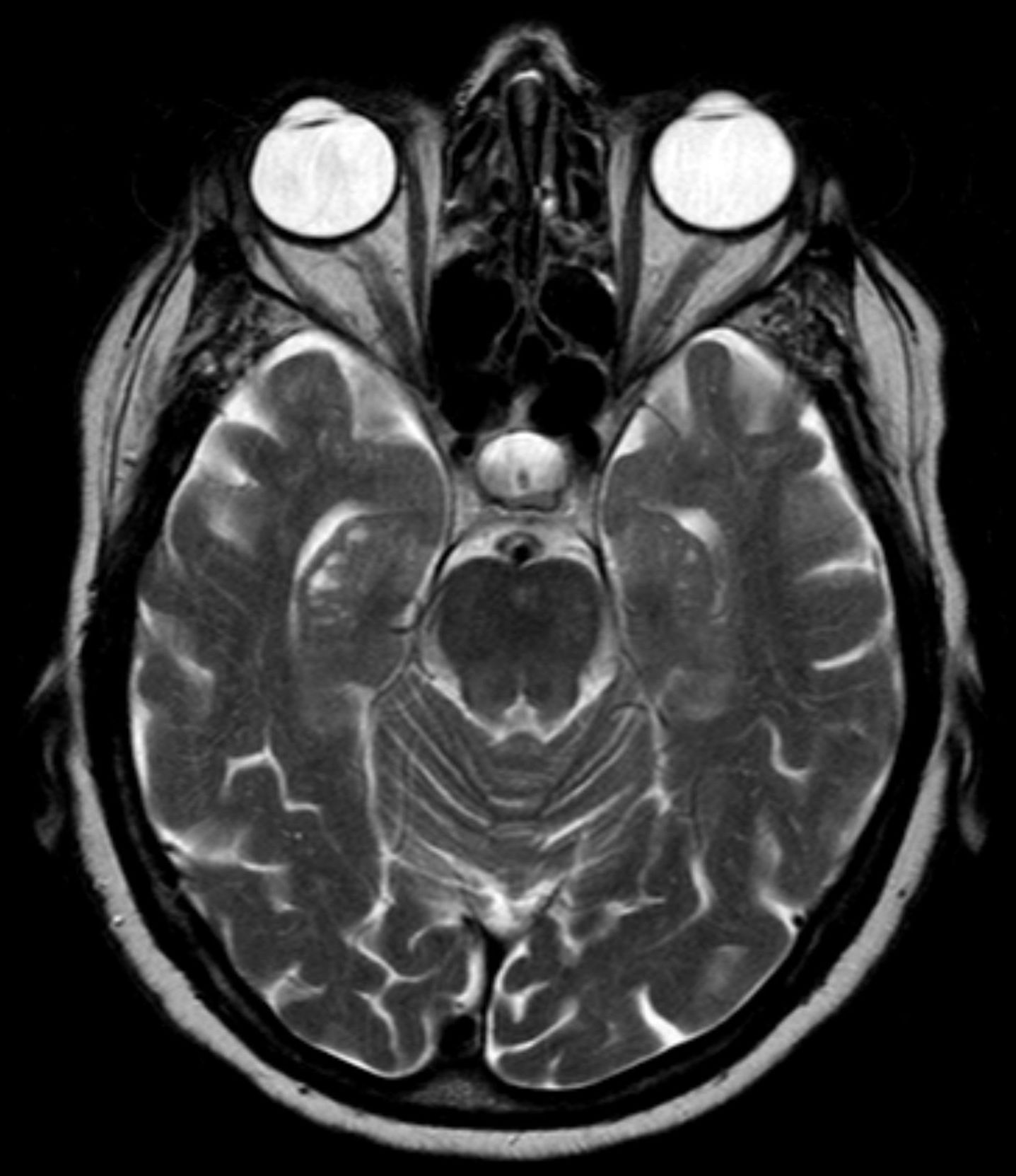Hippocampal Sulcus on:
[Wikipedia]
[Google]
[Amazon]
The hippocampal sulcus, also known as the hippocampal fissure, is a sulcus that separates the
 During human
During human
NIF Search - Hippocampal sulcus
via the
dentate gyrus
The dentate gyrus (DG) is one of the subfields of the hippocampus, in the hippocampal formation. The hippocampal formation is located in the temporal lobe of the brain, and includes the hippocampus (including CA1 to CA4) subfields, and other su ...
from the subiculum
The subiculum (Latin for "support") also known as the subicular complex, or subicular cortex, is the most inferior component of the hippocampal formation. It lies between the entorhinal cortex and the CA1 hippocampal subfield.
The subicular com ...
and the CA1 field in the hippocampus
The hippocampus (: hippocampi; via Latin from Ancient Greek, Greek , 'seahorse'), also hippocampus proper, is a major component of the brain of humans and many other vertebrates. In the human brain the hippocampus, the dentate gyrus, and the ...
.
Structure
Development
 During human
During human fetal development
Prenatal development () involves the development of the embryo and of the fetus during a viviparous animal's gestation. Prenatal development starts with fertilization, in the germinal stage of embryonic development, and continues in fetal deve ...
, the hippocampal sulcus first appears at approximately 10 weeks of gestational age
In obstetrics, gestational age is a measure of the age of a pregnancy taken from the beginning of the woman's last menstrual period (LMP), or the corresponding age of the gestation as estimated by a more accurate method, if available. Such metho ...
. At this stage it exists as a broad shallow fissure along the surface of the dentate gyrus. Gradually, the fissure deepens and shifts toward the cornu ammonis
The hippocampal subfields are four subfields CA1, CA2, CA3, and CA4 that make up the structure of the hippocampus. Regions described in the hippocampus are the head, body, and tail, and other hippocampal subfields include the dentate gyrus, the ...
. After about 18 weeks, the walls of the fissure fold into each other and begin to fuse. By 30 weeks, the hippocampal sulcus is normally obliterated except for its most medial part, leaving a shallow surface indentation.Humphrey, Tryphena. "The development of the human hippocampal fissure". ''Journal of anatomy''. 1967 September; 101(Pt 4): 655–676.
Clinical significance
Enlargement of the hippocampal sulcus has been associated with medialtemporal lobe
The temporal lobe is one of the four major lobes of the cerebral cortex in the brain of mammals. The temporal lobe is located beneath the lateral fissure on both cerebral hemispheres of the mammalian brain.
The temporal lobe is involved in pr ...
atrophy
Atrophy is the partial or complete wasting away of a part of the body. Causes of atrophy include mutations (which can destroy the gene to build up the organ), malnutrition, poor nourishment, poor circulatory system, circulation, loss of hormone, ...
occurring in Alzheimer's disease
Alzheimer's disease (AD) is a neurodegenerative disease and the cause of 60–70% of cases of dementia. The most common early symptom is difficulty in remembering recent events. As the disease advances, symptoms can include problems wit ...
.
See also
*Hippocampus anatomy
Hippocampus anatomy describes the physical aspects and properties of the hippocampus, a neural structure in the medial temporal lobe of each cerebral hemisphere of the brain. It has a distinctive, curved shape that has been likened to the hip ...
References
External links
NIF Search - Hippocampal sulcus
via the
Neuroscience Information Framework
The Neuroscience Information Framework is a repository of global neuroscience web resources, including experimental, clinical, and translational neuroscience databases, knowledge bases, atlases, and genetic/ genomic resources and provides many aut ...
{{Authority control
Hippocampus (brain)
Sulci (neuroanatomy)